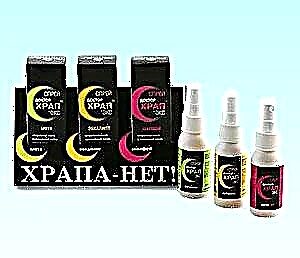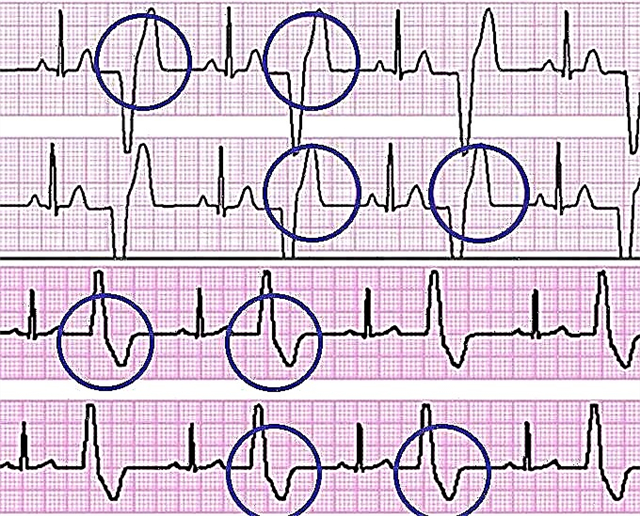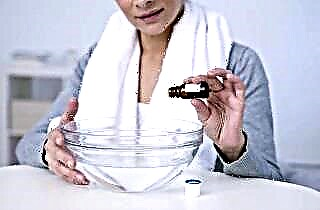Every year, most of the visits to the otolaryngologist are associated with purulent rhinitis. The appearance of purulent discharge from the nose is predisposed by poor ecology, a low level of immune defense and improper treatment of an acute form of the common cold. Purulent rhinitis is, in fact, a complication of the common rhinitis.
 Many of us carry diseases on our feet, which makes the body weak and unable to fight the disease. With a normal level of immunity, rhinitis disappears within 7 days, but if complications appear, the pathology can drag on for weeks.
Many of us carry diseases on our feet, which makes the body weak and unable to fight the disease. With a normal level of immunity, rhinitis disappears within 7 days, but if complications appear, the pathology can drag on for weeks.
Warming up with a purulent form of the common cold leads to the spread of infection, the development of meningitis and sepsis.
A sign of bacterial inflammation is a thick green nasal discharge. The nasal mucosa encounters bacterial pathogens on a daily basis, but not all contacts end in a purulent disease. It's all about immune protection. As soon as it weakens, microbes penetrate the mucous membrane and begin to multiply intensively, causing intoxication and the appearance of symptoms.
Most often, bacterial culture reveals streptococci, streptococci, pneumococci, Pseudomonas aeruginosa. Purulent snot may appear:
- after hypothermia;
- with exacerbation of a chronic infection of the throat or nasopharynx;
- after stress;
- with adenoiditis;
- against the background of viral rhinorrhea.
A purulent rhinitis is often diagnosed in people with immunodeficiency, deformed nasal septum, harmful working conditions, and also when living in an area with polluted air.
Symptoms and Diagnosis
Clinically acute purulent rhinitis is manifested by:
- discharge from the nose of a thick, yellow-green hue, with an unpleasant odor;
- nasal congestion;
- a decrease in the acuity of smell and taste;
- headache;
- nasal voice associated with impaired air conduction along the nasal passages;
- heaviness, bursting or pain in the area of the bridge of the nose and paranasal sinuses.
The appearance of a smell from the nasal cavities indicates rotting of dead bacterial pathogens that caused the disease. It is often quite difficult to "blow your nose" purulent snot, so it is not always possible to completely clear the nasal passages from discharge.
Often, a purulent runny nose is accompanied by malaise, fever, irritability, poor appetite, headache, and dizziness. Especially often in children, purulent rhinitis provokes an increase in hyperthermia to critical levels.
To quickly cope with the disease, it is necessary to accurately diagnose and determine the treatment tactics. In diagnostics, rhinoscopy, microscopic and bacteriological examination of nasal discharge is used. An endoscopic examination of the nasopharynx may also be required to assess the prevalence of the inflammatory process.
With the help of laboratory tests, the severity of intoxication is established. If you suspect a complicated course of the disease, an X-ray or computed tomography is required.
Diagnosis of the disease in children is difficult, so you should consult a doctor when the first symptoms of a cold appear, without waiting for green snot.
A purulent runny nose can cause ozena (atrophic form of rhinitis). The disease is manifested by fetid nasal discharge, the presence of purulent crusts and atrophy of the nasal mucosa.
Directions of therapy
The main task of therapy is to eliminate the cause of the pathology, that is, bacterial pathogens. In addition, it is necessary to ensure the outflow of purulent discharge from the paranasal sinuses, reduce the swelling of the mucous membrane and remove the crusts.

A purulent rhinitis should be treated with antibacterial drugs. Without antibiotic therapy, purulent rhinitis can become chronic. For treatment, the following groups of antibiotics for systemic action can be used:
- penicillins - Flemoxin, Augmentin;
- macrolides - Clarithromycin, Azitrox;
- cephalosporins - Zinnat, Ceftriaxone;
- fluoroquinolones - Levofloxacin, Ciprofloxacin.
After a course of antibiotic therapy, probiotics are prescribed, which normalize the composition of the flora. The fact is that antibacterial drugs have a detrimental effect not only on pathogenic microorganisms, but on the "inhabitants" of the normal flora. As a result, dysbiosis develops and immunity decreases.
For local treatment, antiseptic solutions are prescribed for rinsing or instilling the nose:
- Polydex;
- Bioparox;
- Hexoral;
- Furacilin;
- Miramistin.
In more severe cases, when purulent discharge accumulates in the paranasal sinuses, it cannot be removed using conservative methods, sinus puncture is indicated. This allows you to clear it of purulent masses, sanitize the cavity and prevent the spread of infection.
In order for local antibacterial agents to have the maximum therapeutic effect, their administration is indicated on a cleansed nasal mucosa. For cleansing, salt solutions based on sea salt are used (Marimer, Aqualor, Salin). At home, you can prepare a solution from table salt. It is enough to dissolve 5 g of salt in warm water (270 ml).
To cure a purulent rhinitis will also help:
- Rinofluimucil, the action of which is aimed at reducing the viscosity of nasal secretions and restoring the outflow from the paranasal sinuses;
- drops, which include silver, for example, Collargol, Protargol. Medicines can eliminate bacterial infection;
- nasal aerosols with a vasoconstrictor effect (Vibrocil, Lazorin, Tizin). After their use, the swelling of the mucous membrane decreases, the outflow of purulent discharge from the nasal cavities improves;
The maximum therapeutic course with the use of vasoconstrictor nasal drops is 7 days.
- Sinupret is a herbal preparation that is prescribed to reduce the severity of the inflammatory process, the volume of secretions and facilitate their excretion;
- immunostimulants, for example, Imudon, IRS-19, interferon preparations (Nazoferon);
- Pinosol - nasal drops based on oils (eucalyptus, mint, pine). They have anti-inflammatory and antiseptic effects. Thanks to the moisturizing and protection of the mucous membrane, tissue regeneration is accelerated;
- antihistamines for internal use (Diazolin, Zodak, Tavegil);
- anti-inflammatory drugs of the NSAID group (Nimesil) - help to reduce the inflammatory process, eliminate pain, hyperthermia, as well as general symptoms of intoxication;
- Ascorutin - is prescribed for increased fragility of blood vessels;
- vitamin therapy - Vitrum, Centrum.
People's aid
Prolonged purulent rhinitis can be treated with medication, supplementing therapy with folk remedies:
- rinsing the nasal cavities with infusion of sage, chamomile or St. John's wort. For cooking, it is enough to pour boiling water (260 ml) over 15 g of grass, wait half an hour, after which you can start the procedure;
- Kalanchoe juice can not be diluted and instilled two drops three times a day;
- aloe juice is diluted twice and instilled two drops three times a day;
- in equal amounts, mix onion juice with peach oil. Instill two drops three times a day;
- inhalation with onions, garlic. For cooking, you need to grind the ingredients and wrap them in a handkerchief. Inhale the fragrances for 15 minutes.
Purulent rhinitis is a serious pathology that quickly becomes a complication of the course and can become chronic. Treatment of complications can take months.Given this, one should not wait for the appearance of purulent discharge from the nose, but a common rhinitis should be treated in a timely manner.



